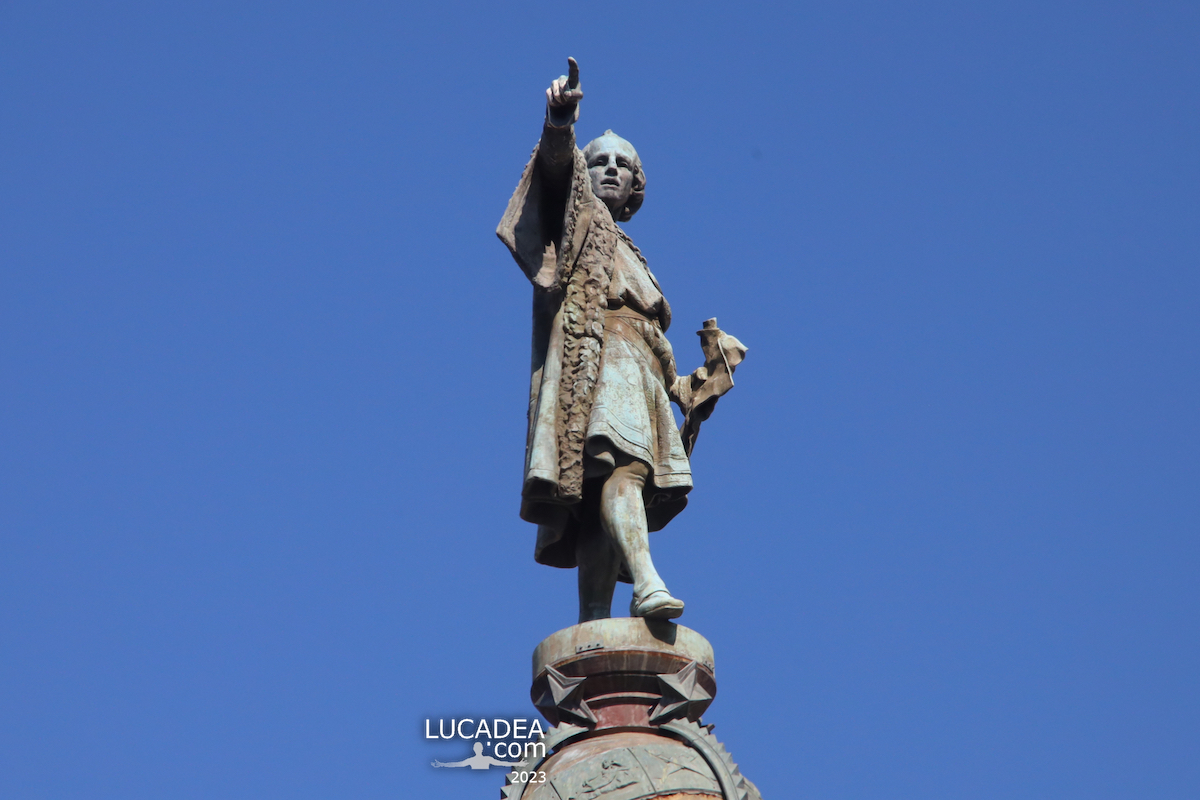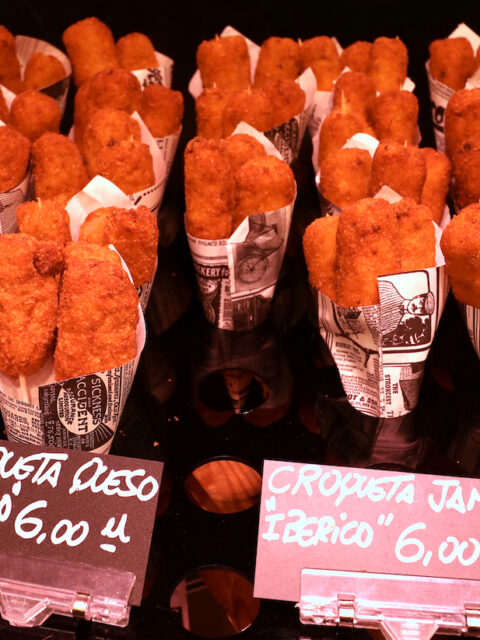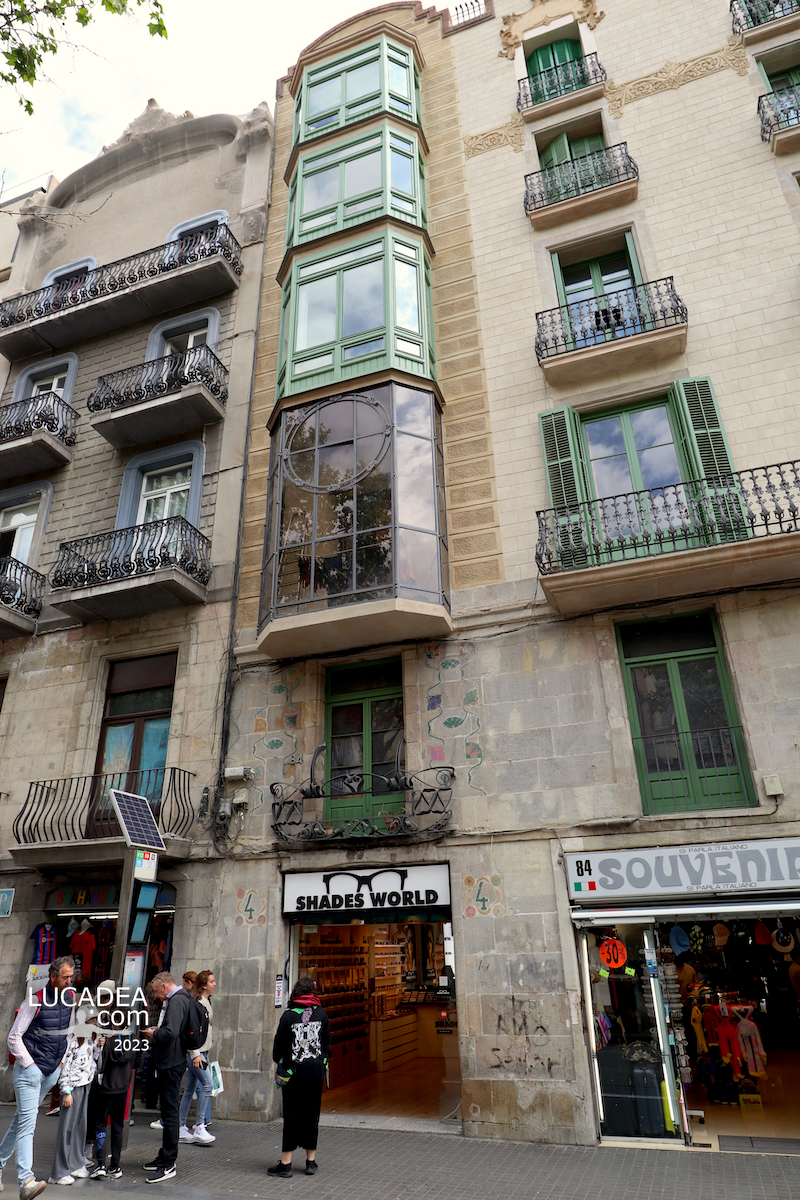A Turkish dish in Barcelona: Kofte Kebab.
When I’m in Barcelona, I like to eat some Turkish food for a change. I normally go for the classic kebab dish, but last time I tried this dish.
In the vast universe of Middle Eastern cuisine, few dishes can match the unmistakable taste and enveloping aroma of Kofte Kebab. Originally from Turkey, this dish has spread throughout the world thanks to its simplicity, versatility and, above all, its incredible flavour.
Kofte Kebab is a classic of Turkish cuisine, with roots that go back centuries. “Kofte” comes from the Persian word “kufta,” meaning “minced” or “chopped,” while “kebab” is a Turkish word that refers to a dish cooked on a grill or skewer. This combination of ground ingredients and grilling makes Kofte Kebab a delicious and historically rich dish.
The basic recipe for Kofte Kebab calls for minced meat, traditionally lamb or beef, although chicken or turkey variations are also common. Key ingredients include onion, garlic, parsley and a combination of spices that can vary depending on personal taste and region. Common spices include cumin, black pepper, chili powder and sweet or smoked paprika.
Once the ingredients are mixed, the meat is shaped into small patties or elongated shapes, threaded onto skewers and then grilled until evenly browned and juicy inside. This open-fire cooking process gives Kofte Kebab its distinctive smoky, aromatic flavour that makes it so irresistible.
Like many traditional dishes, Kofte Kebab has numerous regional variations that reflect different culinary influences and local preferences. For example, in the Black Sea region of Turkey, it is common to add soaked and mashed stale bread to the meat mixture to give it a softer texture and a slightly different flavor. In contrast, in the southeastern region of Turkey, kofte are often served with spicy tomato sauce or yogurt.
Kofte Kebab is often served with fresh, colorful side dishes, such as tomato and cucumber salad, thinly sliced red onions, fresh parsley leaves, and squeezed lemon. These accompaniments not only add a refreshing note to the meal, but also perfectly balance the rich, intense flavors of the kebab.
The dish can be served over a bed of pilaf rice or accompanied by freshly baked flat bread, such as the traditional “pide” or Turkish bread. Some Kofte Kebab lovers also like to add a generous helping of yogurt sauce, enriched with garlic and mint, for an extra touch of freshness and creaminess.
In conclusion, Kofte Kebab is much more than just a plate of grilled meat; it is a symbol of conviviality, tradition and culinary passion. Its simple yet delicious recipe and endless possibilities for customization make it a staple of Middle Eastern cuisine loved all over the world. Whether you enjoy it in an authentic Turkish restaurant or prepare it with your own hands in the kitchen, Kofte Kebab is definitely a culinary treasure to appreciate and enjoy.
Add your own comment or go to the bottom of the site to read what other visitors have written.
Photo taken with Honor 20.
Here's where the little restaurant is located:
A Turkish dish enjoyed in Barcelona: Kofte Kebab – Un plat turc apprécié à Barcelone : le Kofte Kebab – Un plato turco que se disfruta en Barcelona: Kofte Kebab – Um prato turco apreciado em Barcelona: Kofte Kebab – Ein türkisches Gericht, das man in Barcelona genießt: Kofte Kebab – Một món ăn Thổ Nhĩ Kỳ được thưởng thức ở Barcelona: Kofte Kebab
The text of the post was written with the help of ChatGPT, a language model from OpenAI.


























